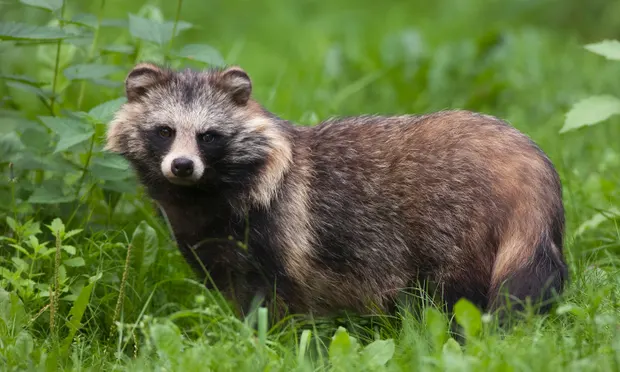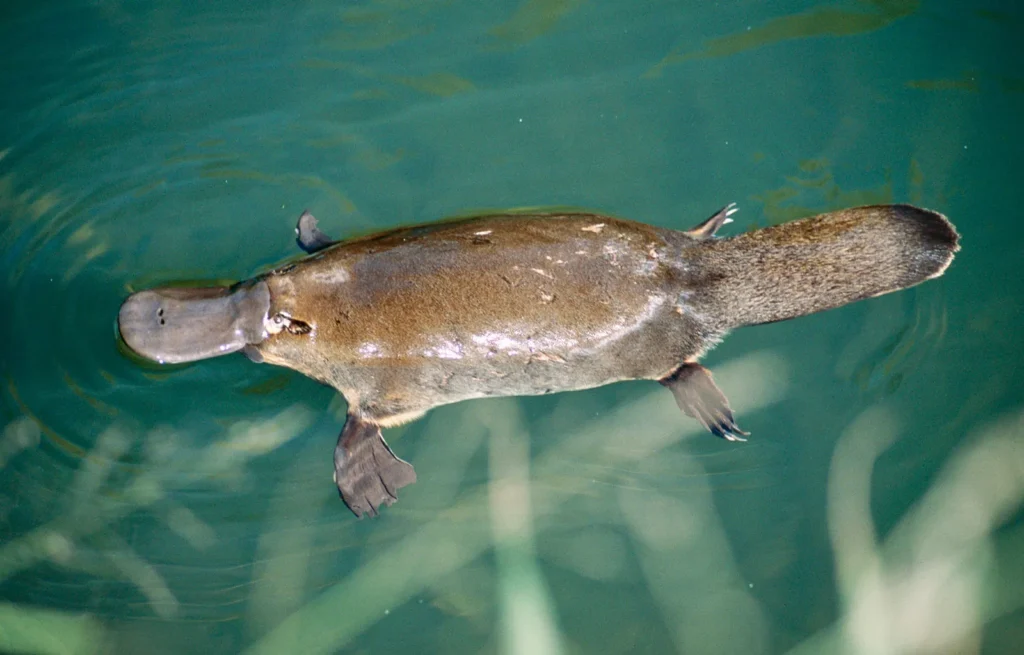
Description
Scientific Name: Nyctereutes procyonoides
Contrary to what its name suggests, it is more closely related to real foxes than to American raccoons. Only the distantly related North American Grey fox and the Raccoon dog, both members of the Canidae, have the habitual habit of climbing trees. Raccoon dogs have long, thick winter fur that is covered in coarse guard hairs and dense underfur. They are shielded from cold temperatures by it. This fur has guard hairs that are black and is dirty, earthy, or brownish-grey in colour. Compared to the torso, the tail is darker. On the back, a dark line widens at the shoulders and takes the form of a cross. While the chest is dark brown or nearly black, the abdomen has a yellowish-brown colour. Short hair covers the muzzle; it grows longer and thicker behind the eyes. Long, whisker-like hairs cover the cheeks in a dense layer. The fur in the summer is more vivid and has a reddish-straw hue. Japan and China are home to a few uncommon white raccoon dogs.
Habitat
Eastern Asia, from Japan and northern India to the easternmost point of Russia, is home to raccoon dogs. In farms, cities, and forests, raccoon dogs can be found. They like damp meadows, the edges of rivers and lakes, and other environments with a lot of vegetation and are frequently found close to water.

Behavior
The raccoon dog is a gregarious creature. They travel and hunt in tiny family or couple groupings. The majority of human sightings, nevertheless, only involve lone individuals. Raccoon dogs are awake both at night and throughout the day. Due of their weak vision, they rely on their excellent sense of smell when foraging. These animals can swim, dive, climb trees, and more to catch their food. Raccoon dogs to communicate with one another use vocalizations. Instead of barking, they let out a snarl and a drawn-out, mournful wail. Male competitors for females may snarl and yell. Raccoon dogs begin to hibernate in the early winter, and they typically do so in pairs.
As Pet/ In Captivity
Raccoon dogs are wild animals, not household pets, so they need space. They have huge home ranges in the wild, so keeping one in an enclosure that lacks the room and complexity of the ecosystem (water, hiding spots, vegetation) they require would not be appropriate.
Raccoon dogs are sadly frequently maintained in homes, small enclosures in gardens, and small enclosures in pet stores. All of these settings are completely inadequate for the complex requirements of a raccoon dog.
Raccoon dogs are omnivores that consume a variety of foods, including fruits, nuts, berries, insects, rodents, amphibians, birds, fish, and carrion.
Table





